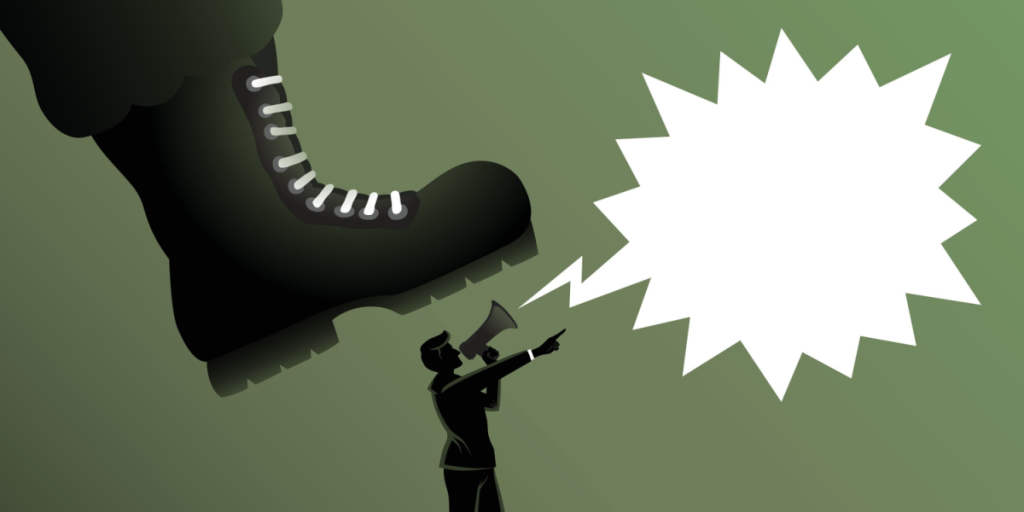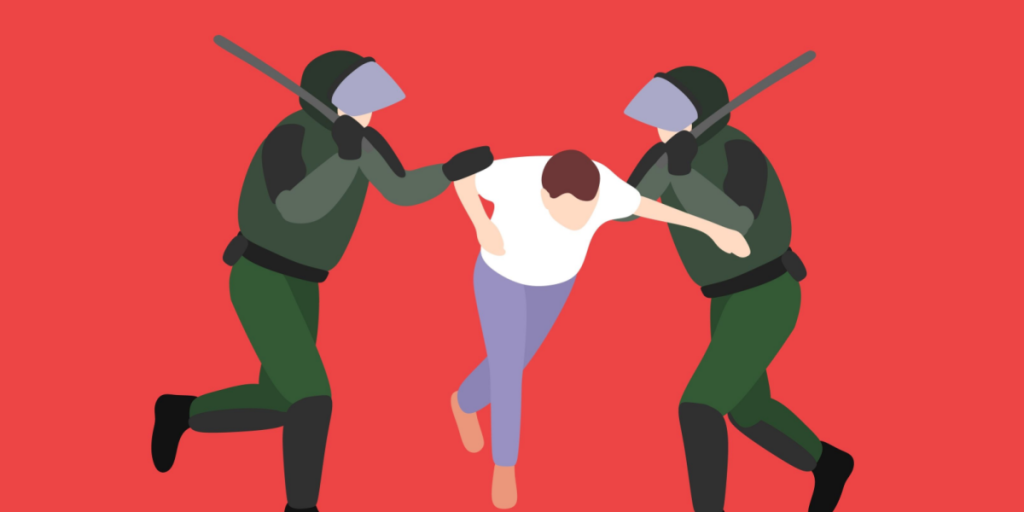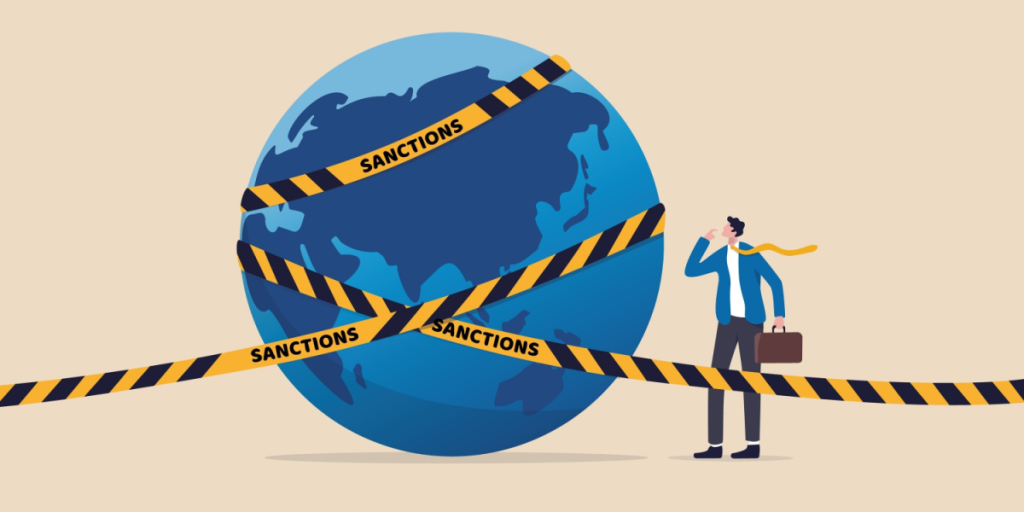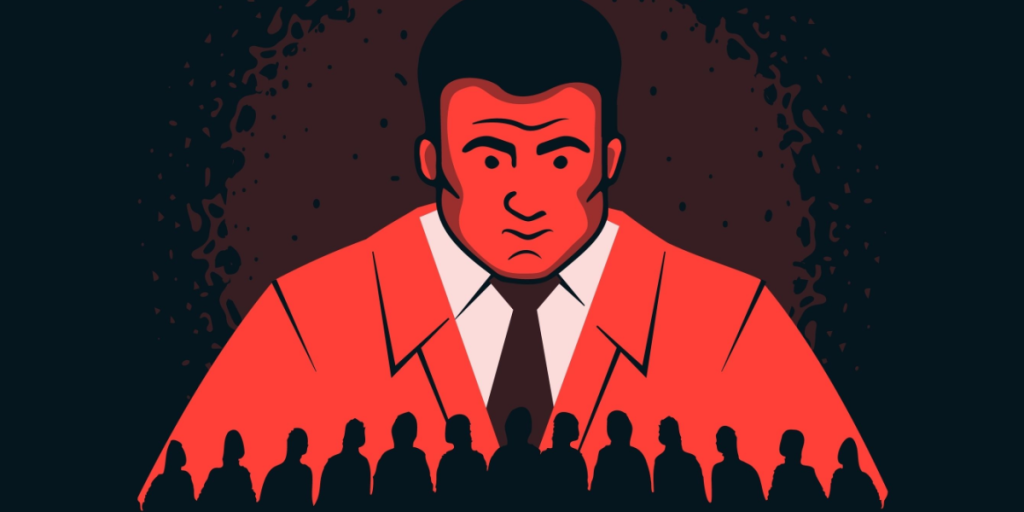Disclaimer: This is NOT an endorsement of authoritarianism!
Others are reading now
Disclaimer: This is NOT an endorsement of authoritarianism!
5.7 billion

That’s the number of human beings living in authoritarian non-democratic regimes as of 2023, according to Human Rights Foundation.
That means that approximately 72 % of the population of the World is living under dictatorships.
But how do they stay in control?

Throughout history, dictators ant autoritarian regimes have been toppled through revolutions or the leader passing away without having appoinet a successor.
But how do they stay in control to begin with?
Also read
Well, there’s a number of “tried and tested” methods being used.
Important note

This text is NOT meant as an endorsement of authoritarianism! It is purely meant as a satirical and educational rundown of how dictators throughout history have held on to their power.
And additionally, some examples of what has proven risky for a dictator to do, if he/she wants to keep the power.
1. Control information

Maintain a tight grip on the media, education, and communication channels.
Dictatorship thrives on narrative control, so limit independent press and flood the public with your version of “truth.”
Also read
2. Build a cult of personality

Present yourself as the nation’s savior.
Use propaganda, symbols, and rituals to make your image inseparable from the state itself.
3. Consolidate power

Neutralize rivals early—whether through co-optation, exile, or suppression.
Divide potential challengers so none can unite against you.
4. Create loyalty networks

Reward allies with power, wealth, or privileges.
Also read
A loyal inner circle (military, security forces, elite families) ensures survival.
5. Control fear and hope in balance

Fear keeps people quiet, but hope keeps them working.
Use a mix of intimidation and promises of prosperity to prevent despair or rebellion.
6. Project external threats

Rally people by pointing to enemies—real or fabricated.
A constant external threat justifies your grip on power and unites the population behind you.
Also read
But not all dictators succeed

A number of dictators have tried and failed throughout history, and some have initially succeeded, just to see their power tobbled down the road.
But what changes paved the way for the revolutions? It varies greatly, but let’s have a look at 6 dictator-not-to’s that have seen brutal leaders being removed from power.
Overreliance on brutality alone

Excessive repression without offering benefits breeds resentment. Fear without hope eventually sparks revolt.
Ignoring the elite

If you neglect or betray your key backers (generals, oligarchs, party leaders), they will replace you.
Losing control of the military or security services

Allowing them too much autonomy—or starving them of resources—risks coups.
Also read
Permitting economic collapse

Bread and jobs matter. If living standards plunge, even loyalists may turn against you.
Opening space for free expression too quickly

Sudden liberalization gives opponents an opening to organize and mobilize.
Underestimating external pressure

International sanctions, interventions, or alliances of adversaries can destabilize your rule if you don’t manage diplomacy carefully.


